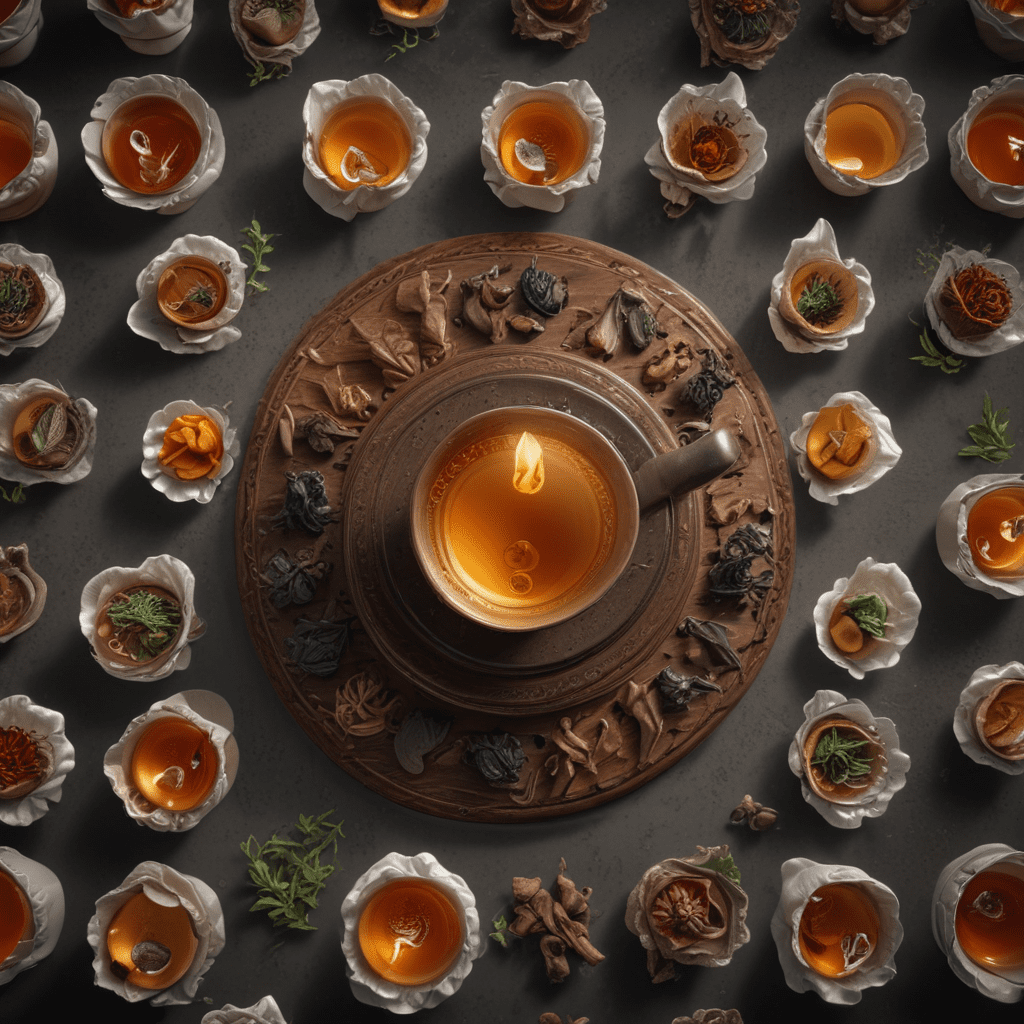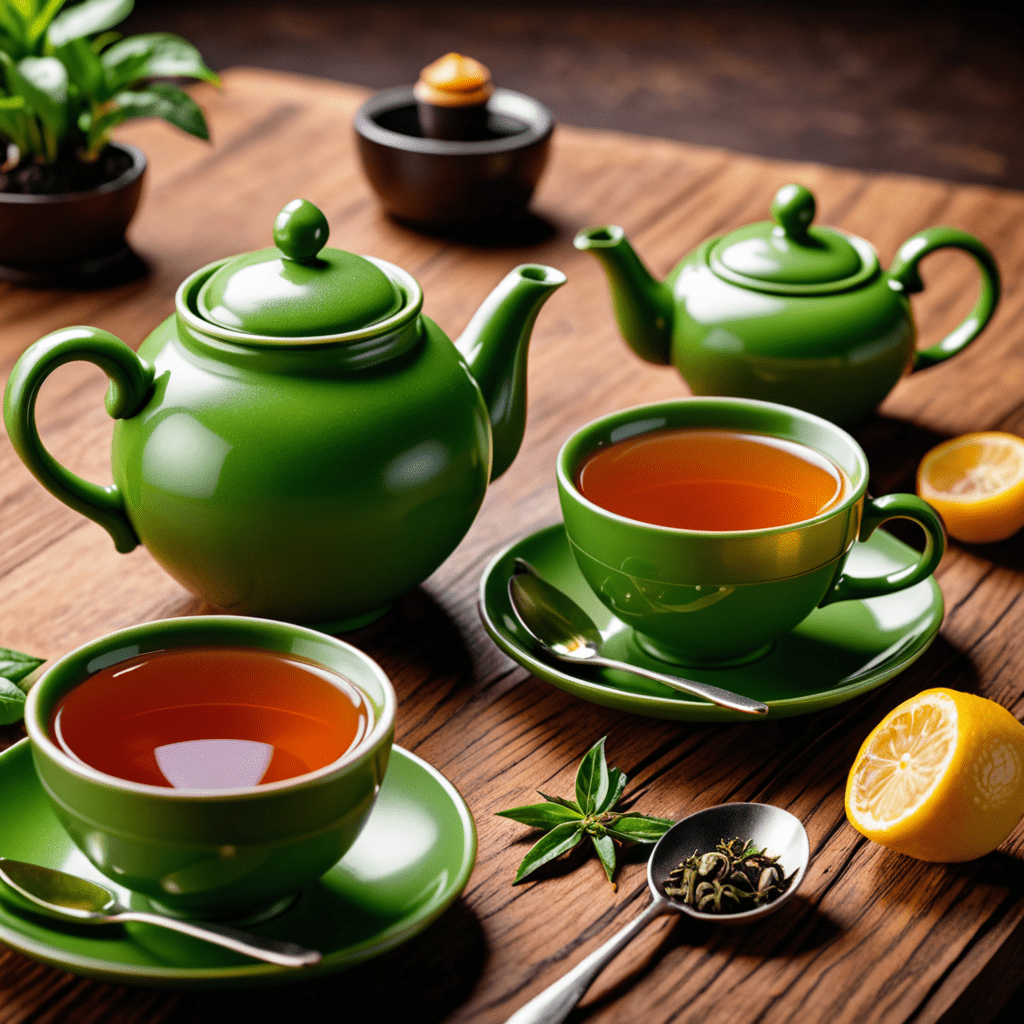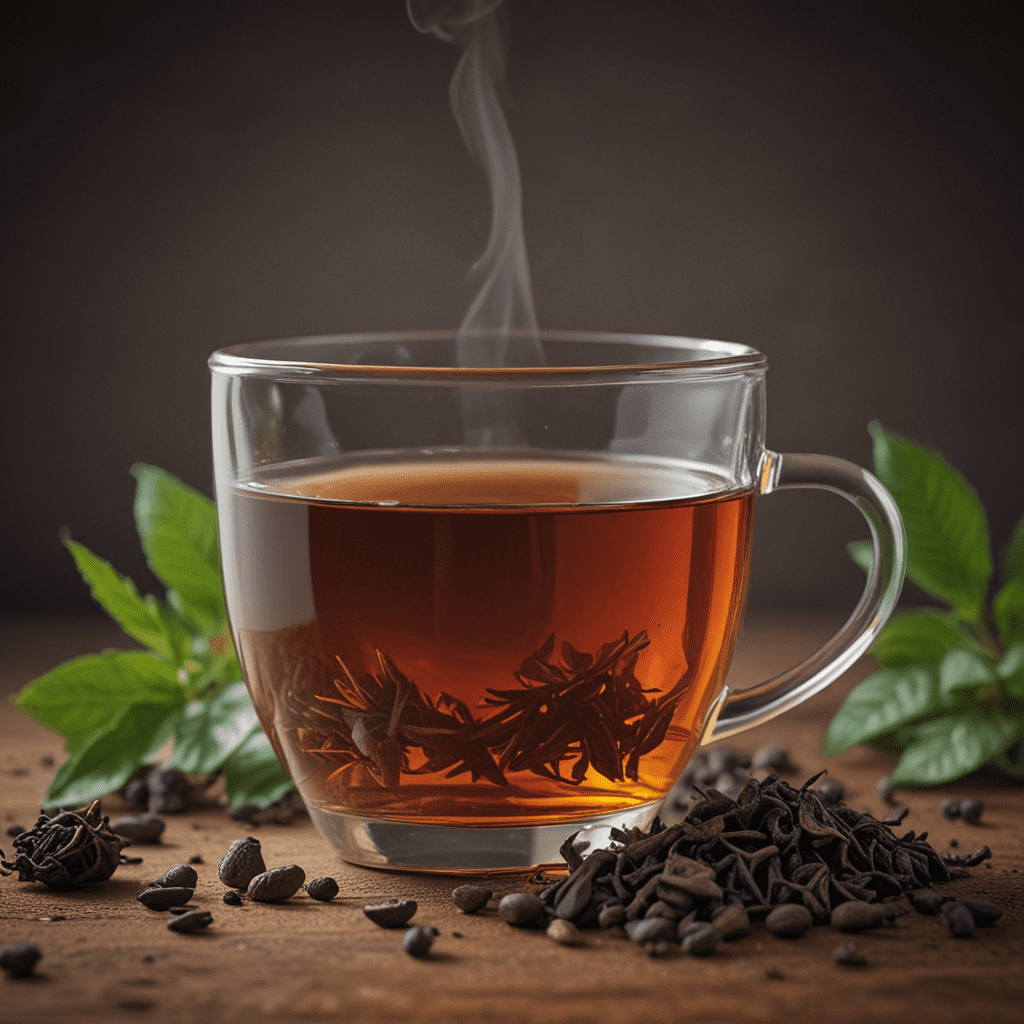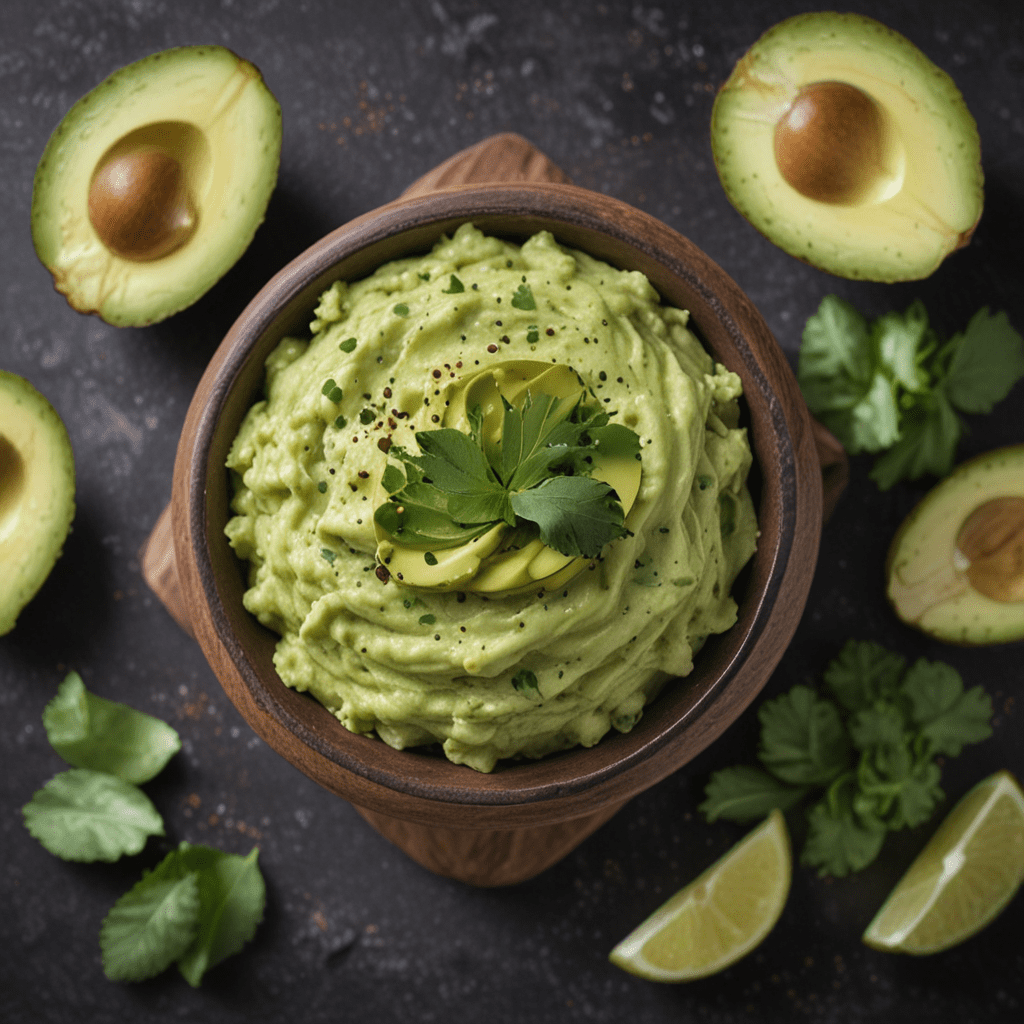
The Art of Tea Pairing: Matching Indian Teas with Food
Introduction
The art of tea pairing has become increasingly popular, as people discover the subtle yet profound ways tea can elevate the dining experience. Indian teas, in particular, offer a diverse range of flavors and aromas, making them ideal for pairing with various cuisines. From the bold and robust black teas to the delicate and floral green teas, there's an Indian tea to complement every palate and dish.
Understanding Indian Teas
India boasts a rich tea-making tradition, producing six distinct types of tea: black, green, white, oolong, yellow, and purple. Each tea type possesses unique characteristics in terms of flavor profile, aroma, and caffeine content. Understanding these variations is crucial for selecting the perfect tea pairing.
Black tea: The most popular tea in India, black tea offers a robust flavor with notes of malt, chocolate, and spice. Its strong character makes it a perfect match for hearty dishes like grilled meats, stews, and spicy curries.
Green tea: Renowned for its delicate flavor and refreshing aroma, green tea exudes notes of grass, seaweed, and nuts. Its subtle taste complements lighter dishes like seafood, salads, and fresh fruits.
White tea: The least processed tea, white tea offers a delicate flavor with floral and honey-like notes. Its light and refreshing character pairs well with poultry, vegetables, and desserts.
Oolong tea: Oolong tea occupies a middle ground between black and green tea, offering a complex flavor profile with notes of roasted nuts, fruits, and florals. Its versatility allows for pairings with rich and savory dishes like roasted meats, stir-fries, and dumplings.
Yellow tea: A rare and unique tea, yellow tea offers a smooth and mellow flavor with hints of sweetness and florals. Its subtle character complements sweet and tangy dishes like fruit tarts, cheese platters, and glazed vegetables.
Purple tea: A relatively new variety, purple tea boasts a vibrant color and a unique flavor profile with notes of berries, grapes, and cinnamon. Its boldness pairs well with spicy and flavorful dishes like Indian curries, Moroccan tagines, and Mexican mole.
Pairing Principles
When pairing Indian teas with food, it's essential to consider the following principles:
- Flavor Profile: Matching the intensity and flavor profile of the tea to the dish is crucial. Bold teas like black tea complement robust dishes, while delicate teas like white tea pair well with lighter flavors.
- Intensity: Balancing the intensity of the tea with the intensity of the food is essential. Strong teas can overpower delicate dishes, while weak teas may get lost in rich flavors.
- Complementarity: Look for flavor notes in the tea that complement or enhance the flavors in the food. For instance, the floral notes of green tea can complement the sweetness of fruits, while the smoky notes of black tea can enhance the savoriness of grilled meats.
Pairing Indian Teas with Specific Foods
Here are some specific recommendations for pairing Indian teas with various cuisines:
Black Tea:
- Grilled meats: The robust flavor of black tea cuts through the richness of grilled meats, enhancing the smoky and savory notes.
- Stews: Black tea's bold character complements the hearty flavors and rich textures of stews.
- Spicy curries: Black tea's astringency balances the heat and spice of Indian curries, creating a refreshing contrast.
- Smoked salmon: The smoky notes in black tea harmoniously complement the smoky flavor of smoked salmon.
Green Tea:
- Seafood: Green tea's delicate flavor and refreshing aroma enhance the subtle flavors of seafood.
- Salads: Green tea's light and grassy notes complement the fresh and vibrant flavors of salads.
- Sushi: Green tea's clean taste and subtle sweetness pair perfectly with the delicate flavors of sushi.
- Fresh fruits: Green tea's floral and slightly sweet notes enhance the natural sweetness and acidity of fresh fruits.
White Tea:
- Poultry: White tea's delicate flavor and subtle sweetness complement the mild flavors of poultry.
- Vegetables: White tea's light and refreshing character enhances the natural flavors of vegetables.
- Desserts: White tea's subtle sweetness and floral notes pair well with the sweetness and richness of desserts.
Oolong Tea:
- Roasted meats: Oolong tea's complex flavor profile complements the richness and savory notes of roasted meats.
- Stir-fries: Oolong tea's balance of roasted and floral notes enhances the savory and aromatic flavors of stir-fries.
- Dumplings: Oolong tea's smooth and slightly sweet character complements the savory and umami flavors of dumplings.
Yellow Tea:
- Fruit tarts: Yellow tea's sweet and floral notes enhance the sweetness and acidity of fruit tarts.
- Cheese platters: Yellow tea's smooth and mellow flavor complements the richness and variety of flavors in cheese platters.
- Glazed vegetables: Yellow tea's subtle sweetness and floral notes enhance the sweetness and savory flavors of glazed vegetables.
Purple Tea:
- Indian curries: Purple tea's bold and spicy character complements the heat and complexity of Indian curries.
- Moroccan tagines: Purple tea's fruity and earthy notes enhance the complex flavors of Moroccan tagines.
- Mexican mole: Purple tea's rich and chocolatey notes complement the rich and spicy flavors of Mexican mole.
Tips and Techniques
- Choosing the right tea: Consider the flavor profile, intensity, and occasion when selecting a tea for pairing.
- Brewing temperature: Use the correct water temperature for each tea type to optimize its flavor and aroma.
- Infusion time: Adjust the steeping time based on the tea type and desired強度.
- Creative ways to incorporate tea: Use tea as a marinade, in sauces, or as a base for sorbet or ice cream.
FAQ
What is the best way to store tea?
Store tea in an airtight container in a cool, dark place.
How long does tea stay fresh?
Most teas stay fresh for up to one year from the date of purchase.
How do I know if my tea has gone bad?
If your tea has a dull or weak flavor, or if it has become discolored, it may have gone bad.
Where can I find Indian teas?
Indian teas are available at many online and brick-and-mortar tea retailers.
Is it okay to add milk or sugar to tea?
Adding milk or sugar to tea is a matter of personal preference. However, it's important to note that adding milk can reduce the health benefits of tea.


